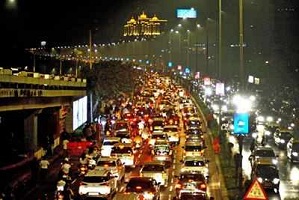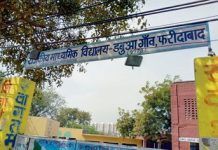The city will soon have a state-of-the-art traffic management system in place at 617 junctions across the city. With the Intelligent Traffic Management System (ITMS) in place, Mumbai roads will see an overhaul with more than 4,000 new signals as well as dynamic signage, adaptive software and specialised cameras to decongest traffic and monitor violations.
“A need was felt to develop an Intelligent Traffic Management System (ITMS) which would aim at improving the efficiency and effectiveness of the traffic on Mumbai roads,” said Amitesh Kumar, Joint Commissioner of Police (Traffic). The ITMS will include 4,705 new traffic signals, 300 red light violation detection (RLVD) cameras, 925 automatic number plate recognition cameras, 300 cameras to identify vehicles moving the wrong way, and 300 cameras for corner parking. The software of the ITMS will be fed traffic data, which will be used to decide and modify timings at signals. Using 1,000 new mid-block traffic monitoring cameras and an adaptive traffic control system, the ITMS will help decongest traffic jams and monitor vehicles that violate traffic regulations.
Mumbai Police had submitted a proposal for the ITMS to the state home department and a tender was floated, bidding for which closed on March 31, and the ITMS is expected to be operational within 20 months of the contract being finalised. It will be installed in the traffic police headquarters in Mumbai. Digital development expert Vikas Kanungo said the ITMS would be a welcome addition to the city’s infrastructure. “This system is useful for Mumbai where the number of vehicles is increasing by the day. The system will not just improve traffic, but also help police to penalise violators in a smart way,” said Kanungo.
One of the benefits of the ITMS is that it will centralise the processing of traffic violations. Last year, Maharashtra became the first state in the country to have a state-wide integrated e-challan system. With the ITMS, Maharashtra Police will be able to serve e-challans throughout the state and it will become more difficult for violators to evade fines and punishments.
Devices like the RLVD cameras will help with detection of violations. “For example, if a driver deliberately jumps a signal or is speeding, the RLVD will capture the details,” said a traffic police officer, adding that the RLVD would use a “central speed violation detection system”. Road safety expert Ashutosh Atre said ITMS is the need of the hour. “However the traffic police has to keep upgrading the system,” he said.








